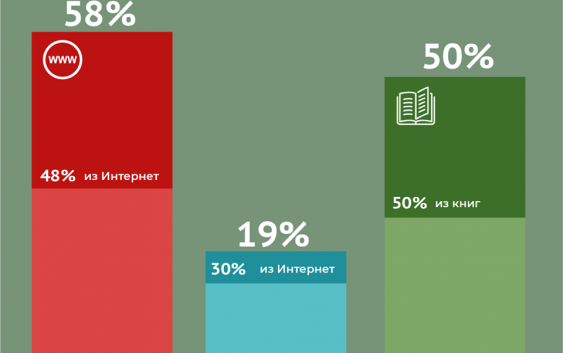The study is comprised of three main parts.This research was conducted as a part of the larger project “Contributing to stability and peace in Central Asia through media literacy, improved reporting and regional cooperation” implemented by Internews and funded by the European Union. The project is focused on national and regional efforts to prevent radicalization in Central Asia through increasing the capacity of journalists, civic activists, and media professionals (through training activities, workshops both on the national and regional level, and innovation laboratories) in the production of high-quality media content and raising the level of critical media consumption of representatives of civil society, decision-makers, and the public.
Within the scope of the present study, the aim was to identify and analyze the local drivers of extremist sympathies, the pertinent information flows, the trusted sources of information; and the support needed to amplify respected, moderate local voices.
The study is comprised of three main parts: a desk study of available and accessible material – reports, documents and media material; a qualitative study comprising over 200 interviews with ordinary people, experts, and persons with direct experience with RVE; and a quantitative component consisting of national surveys of people’s information consumption habits. For the desk study, the effort was made to gain as broad a picture as possible, that is, to cover all five countries of Central Asia – Kazakhstan, Kyrgyzstan, Tajikistan, Turkmenistan, and Uzbekistan. However, predictably and unfortunately, Uzbekistan and especially Turkmenistan proved difficult cases to study in full.1 For both the qualitative and quantitative field research activities, for several reasons, only the first three countries were included. As a result, this study is able to report most robustly on these three countries and propose observations regarding Uzbekistan and Turkmenistan only to a limited extent.
Based on the desk study, the drivers of extremist sympathies as established in existing research have been political grievances (injustice from state structures; identity-based discrimination; oppressive political regimes, etc), economic difficulties (unemployment; indebtedness; poverty; and desire for quick and greater income) and ideological motivations (resentment of false values; striving for the singularly just and true life; for reward in a perceived afterlife). To these push and pull factors are added a range of enabling factors, such as migration, young age, gender (women), and means of communication. All these drivers of RVE need to be treated with caution, as stressed by various authors and suggested by evidence gained in field research.
A general observation, gained from the desk research and supported by evidence in both qualitative and quantitative field studies, was the difference among the countries in degree of control over the information space, or the degree of hegemony over public discourse. Of the three most fully studied countries, hegemonic discourse was the strongest in Tajikistan, followed by Kazakhstan, and the least in Kyrgyzstan. Uzbekistan, analyzed to a limited extent, would be closer to the extreme of Tajikistan, whereas Turkmenistan was too closed to make reasonably robust observations. Hegemonic discourse, depending on how strong it is, would determine how much pluralism there is in terms of information sources, which sources are trusted, what people hear and see, and so on. Hence, answers to the specific questions of the present research tended to reflect the different levels of hegemonic public discourse in the respective countries.
A source: Internews

